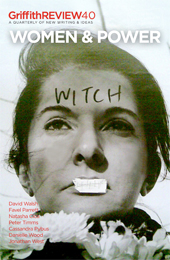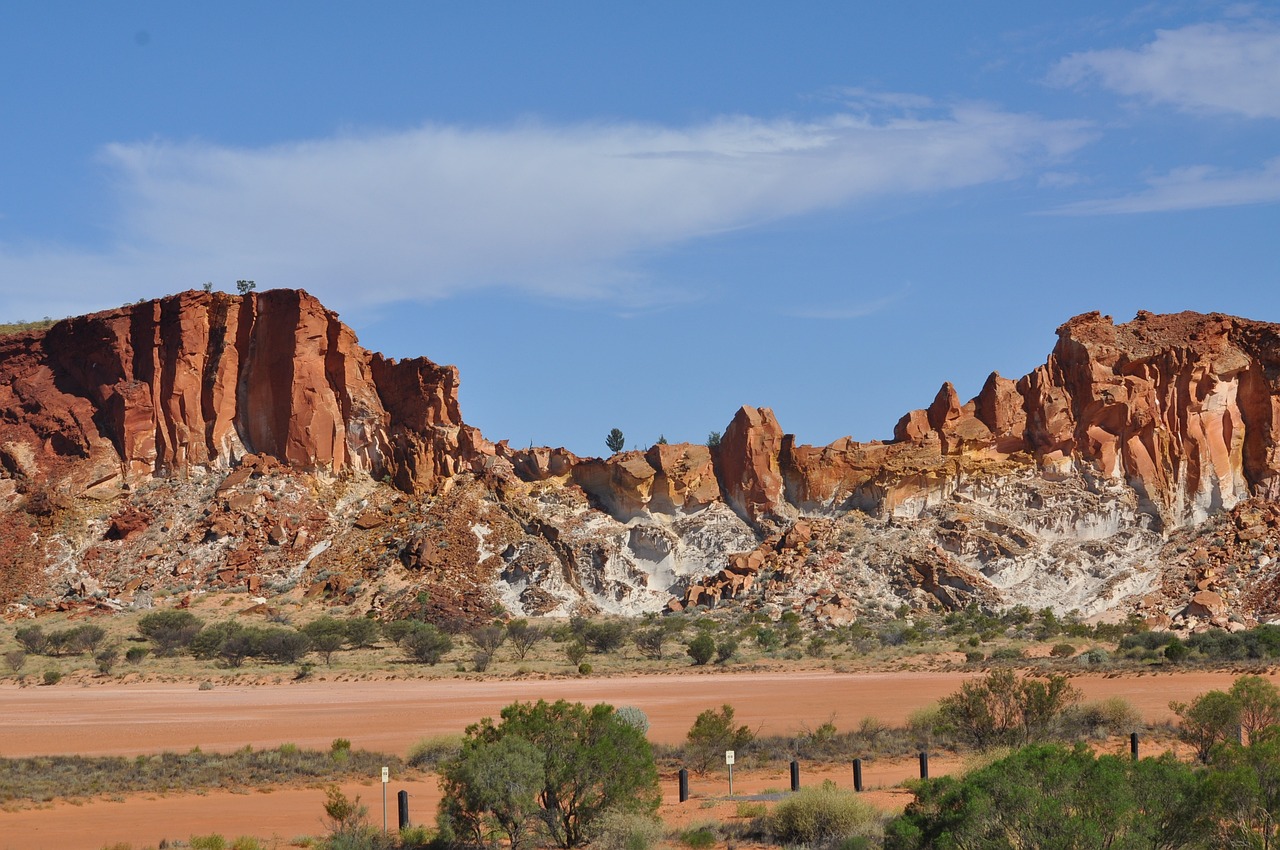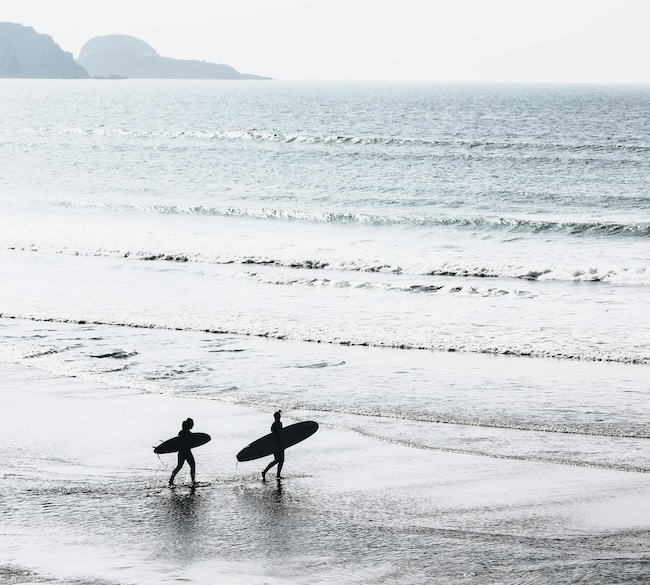Featured in

- Published 20130604
- ISBN: 9781922079978
- Extent: 288 pp
- Paperback (234 x 153mm), eBook
WHEN WARLPIRI WOMAN Bess Nungurrayi Price speaks about Aboriginal affairs she does so with a special authority rooted in the fact of her birth in the desert country west of Alice Springs to parents who had never seen a white person until the end of their childhoods. They were the first to be mentioned when she made her maiden speech after being elected to the Northern Territory’s Legislative Assembly to represent the vast bush electorate of Stuart: ‘They ended their lives as revered elders, owners of all [their] traditional lands through the Land Rights Act with all the rights and responsibilities of modern Australian citizens. All of this in one life time… They were wise, stoic, conservative and incredibly good human people… They taught me to respect traditional law but they also taught me to respect whitefella law.’
In accordance with Warlpiri custom, she was promised in marriage from an early age. Yet at just thirteen she bucked the system. Her promised husband was already married to her older sister and she objected to becoming a second wife. She found support in perhaps unexpected quarters: her father and her ‘old promised husband’. She describes them as ‘philosophers’ – ‘Warlpiri lawmen who knew the difference between the letter and the spirit of law’. They allowed her to delay marriage and finish her education.
Her maiden speech was celebratory in tone and she didn’t speak then about the violence suffered by Aboriginal women, but she had already made her mark on this subject, her authority to speak again sourced in her own life. In April 2011, she told an audience in a suburban hall in Sydney, in a talk later broadcast on ABC Radio National’s Background Briefing, that her father and promised husband ‘didn’t beat me up like other girls at my age who were beaten for refusing to go to their promised. I had a violent marriage to a young man instead.’ She had already spoken of this marriage in January 2009, at a summit held in Canberra to tackle family violence in Indigenous communities, memorably saying, ‘I’ve got scars all over my body, decoration from my previous marriage.’
It was only a matter of time before she would raise this issue in the Northern Territory Parliament. In an adjournment speech on 16 May 2013 she again drew powerfully on her own life, reciting a litany of violent attacks, often fatal, on women within her own Aboriginal extended family. She condemned those on the ‘progressive left’ who don’t share her outrage, blinded to it by their general championing of Aboriginal rights. She lashed out at their attacks on her as the messenger and challenged some of the myths behind their rhetoric. Among these is the reliance on the Royal Commission into Aboriginal Deaths in Custody as a kind of byword for the wrongs done to Aboriginal people. ‘More Aboriginal women died at the hands of their menfolk than Aboriginal men died in custody,’ Price reminded the Assembly just before she was cut off by Opposition Leader Delia Lawrie.
IT’S A STARTLING statement but it shouldn’t be, as Bess Price and husband Dave have told me. The Royal Commission investigated ninety-nine reported cases of Aboriginal deaths in custody in Australia over the decade of 1 January 1980 to 31 May 1989; eleven were women.
Compare these figures with the sixty homicides of Indigenous people over the two years from 2008 to 2010, the most recent figures cited by the Australian Institute of Criminolgy’s National Homicide Monitoring Program. The sixty homicides represent 11 per cent of the Australian total.Twenty-six of the sixty were women; expressed differently, two in every five Indigenous victims were women – 43 per cent compared to 31 per cent for non-Indigenous victims.
The 2009-10 Indigenous homicide figure was an historic low, so it would not take long counting back to reach a homicide figure dwarfing the deaths-in-custody figure. It is also worth remembering that of the ninety-nine Aboriginal deaths in custody investigated, thirty-seven were the result of natural causes; nine were immediately associated with substance abuse; of the remaining forty-three, thirty died as a result of hanging, twelve from head injuries, four of gunshot wounds and seven from other external trauma.
The Northern Territory continues to have the highest homicide rate in Australia, 5.7 per 100,000 in 2009-10 (the next highest rate was South Australia’s, with 1.3 per 100,000). In the most recent figures available from the NT’s Department of Justice, the homicide and related offences (murder, attempted murder, manslaughter, driving causing death) totals for the six years 2007 to 2012 read as follows: 28, 20, 22, 20, 15, 21. For Alice Springs, with less than a fifth of the population, the comparable figures are: 10, 3, 6, 2, 7, 6. Violence more generally is reflected in the assault figures. In the NT in 2007 there were 5,210 assaults; in 2012, 6987. In Alice Springs the figures were 1,177 in 2007; 1,766 in 2012.
The former NT Coordinator-General of Remote Services, Olga Havnen, in her report to government for the period June 2011 to August 2012, provided a perspective on how this data translates for Aboriginal people: ‘In 2008, Aboriginal people comprised just under one third of the NT population, but were victims of over half of all assaults, half of all sexual assaults and nearly two-thirds of all homicide and related offences. The Aboriginal experience of violence is predominantly inter-personal, involving family and intimate partner violence which appears to be increasing, particularly assaults against Aboriginal women. From July 2006 to June 2008 in the NT assault was the most common cause of admission to hospital for both Aboriginal men and women at eight and sixty-nine times the rate of other Australian males and females respectively.’
BESS PRICE EXPRESSES dissatisfaction with the judicial response to this, but it is worth remembering the very high Aboriginal incarceration rate – over 80 per cent of the prison population is Aboriginal – and the repeated statements from the bench about the ‘seemingly never-ending stream of violence’ coming before the Supreme Court in Alice Springs.
Sentencing a forty-one-year-old man for a violent assault on his wife in March 2012, Chief Justice of the Northern Territory Trevor Riley made the following comment late last year, with similar statements this year: ‘There is one violent case after another and each case bears a remarkable and disturbing similarity to the one that preceded it. In this case, as in many others, a drunken Aboriginal man has assaulted his drunken Aboriginal wife, in circumstances where there has been no real reason for the attack. The assault is violent in nature and the level of violence is out of all proportion to the surrounding circumstances… Experience has made it plain that the answer to the problem is not in the courts imposing ever-increasing sentences. The sentences imposed are already significant. The courts must continue to impose sentences designed to deter but it would serve no purpose to make those sentences even harsher. Other measures must be taken to address the underlying causes. Given that the abuse of alcohol is almost inevitably a factor in such offending, it seems to me an obvious starting point is to endeavour to restrict the flow of alcohol to those who abuse it.’
Bess Price proposes another starting point: ‘My people need to act now to stop our own violence.’ And she implores governments and the wider community to help, not undermine their efforts.
Read the full speech HERE.
Share article
More from author

Centre of controversy
ReportageALICE SPRINGS TOWN centre is surrounded by three prominent hills, each of them sacred to Central Arrernte people, the traditional owners of the area...
More from this edition

A principal’s view
GR OnlineMY OFFICE IS an eclectic mix of cast-off furniture, books, ancient gaslights and modern technology. As parents enter, often with their daughters trailing behind,...

Mothers know best
EssayKOWANYAMA'S FIRST CANTEEN opened in 1973. It was little more than a window, with a noisy throng of men outside, all flashing cans and...

Is it hard to surf with boobs?
ReportageWhen she was reigning World Champion, Layne Beachley was also the female surfers' official representative. This meant that even on mornings she wasn't competing, she'd be on the beach at 5.30 am, the only woman, battling it out on behalf of the other female surfers. 'The female surfer representative has to be very strong willed,' says Beachley. 'I remember arguing constantly with the male surfer rep, the male head judge and the guys' sponsors, arguing about which conditions we were going to get.'